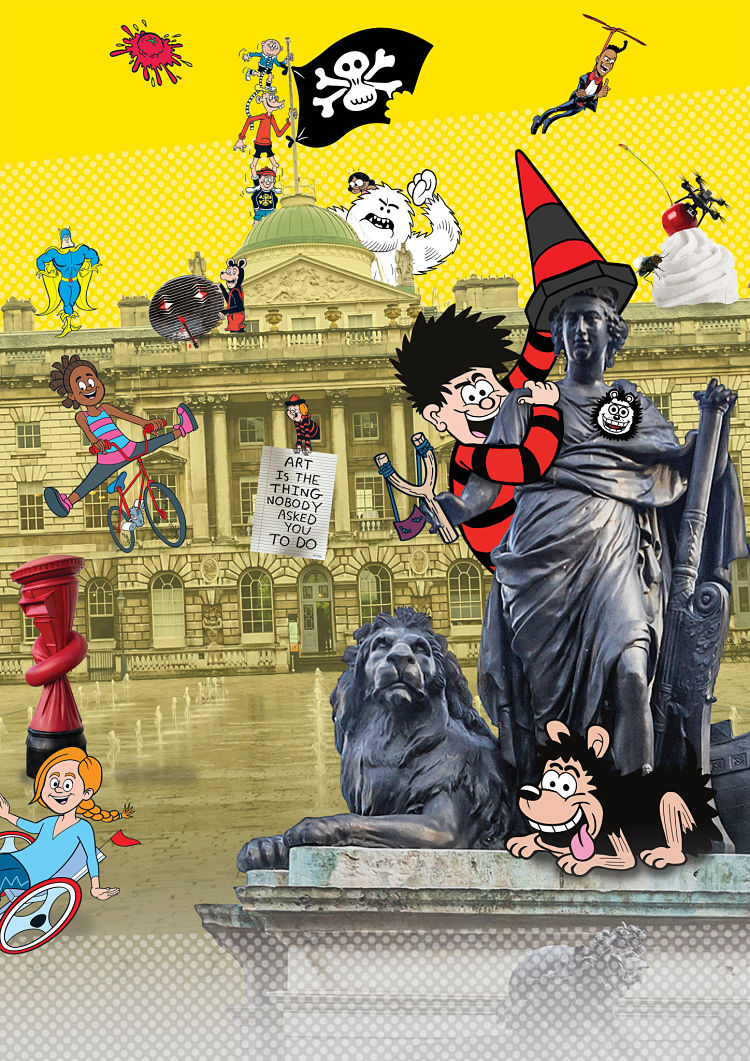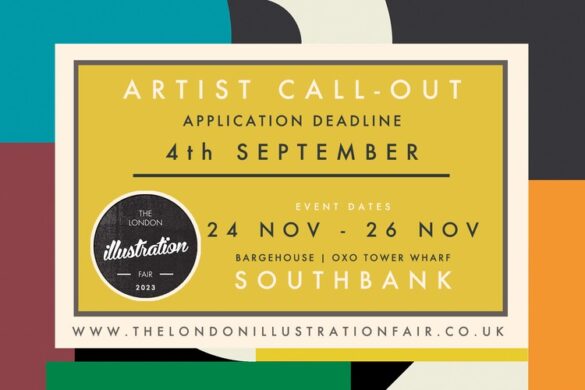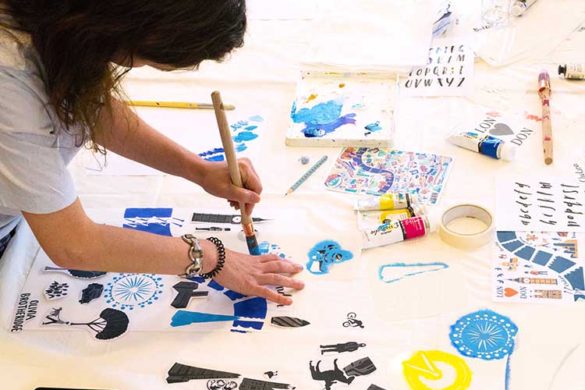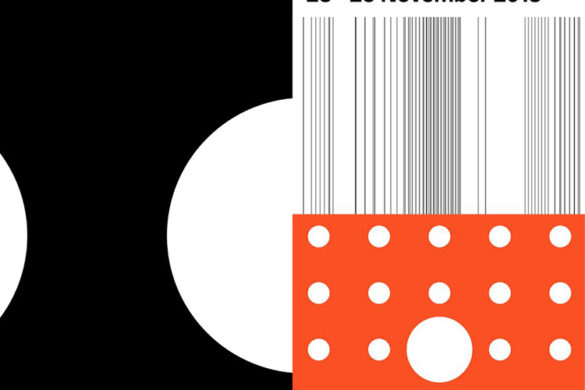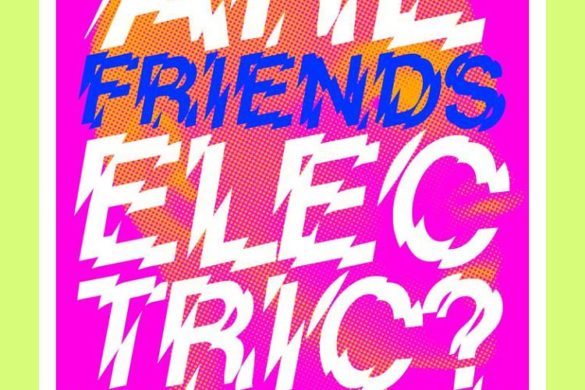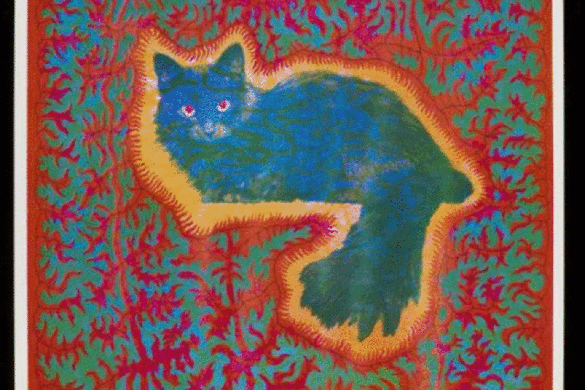Well this brings us right back to the days of peeling a Refresher bar off a newsprint cover, spending half of Christmas day poring over an annual and insisting you carry heavy shopping bags in a bid to stretch your arms out like Minnie the Minx… we’ve all been there, surely. Yes, we’re celebrating the Beano – my personal subscription of choice as a kid, and that of many others, too.
Next month, Somerset House is bringing all things Bash Street Kids, Dennis, Gnasher et al to London, with a celebration of the world’s longest-running weekly comic called Beano: The Art of Breaking the Rules.
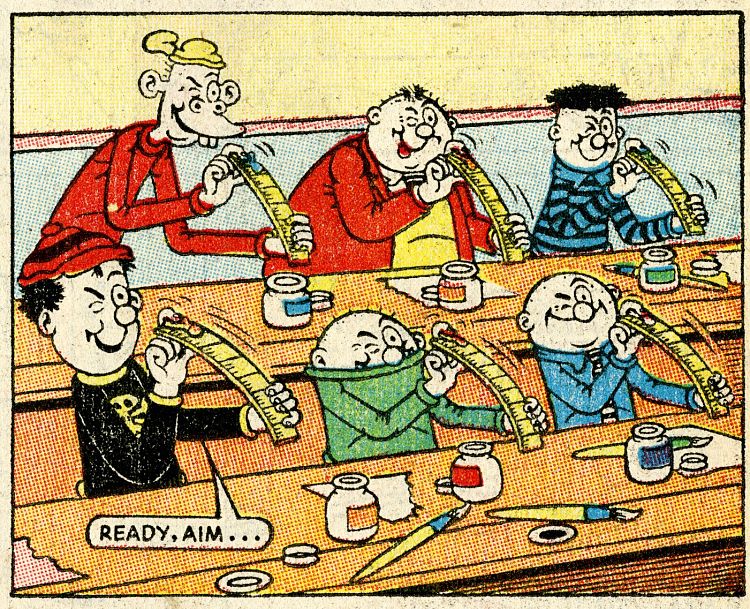
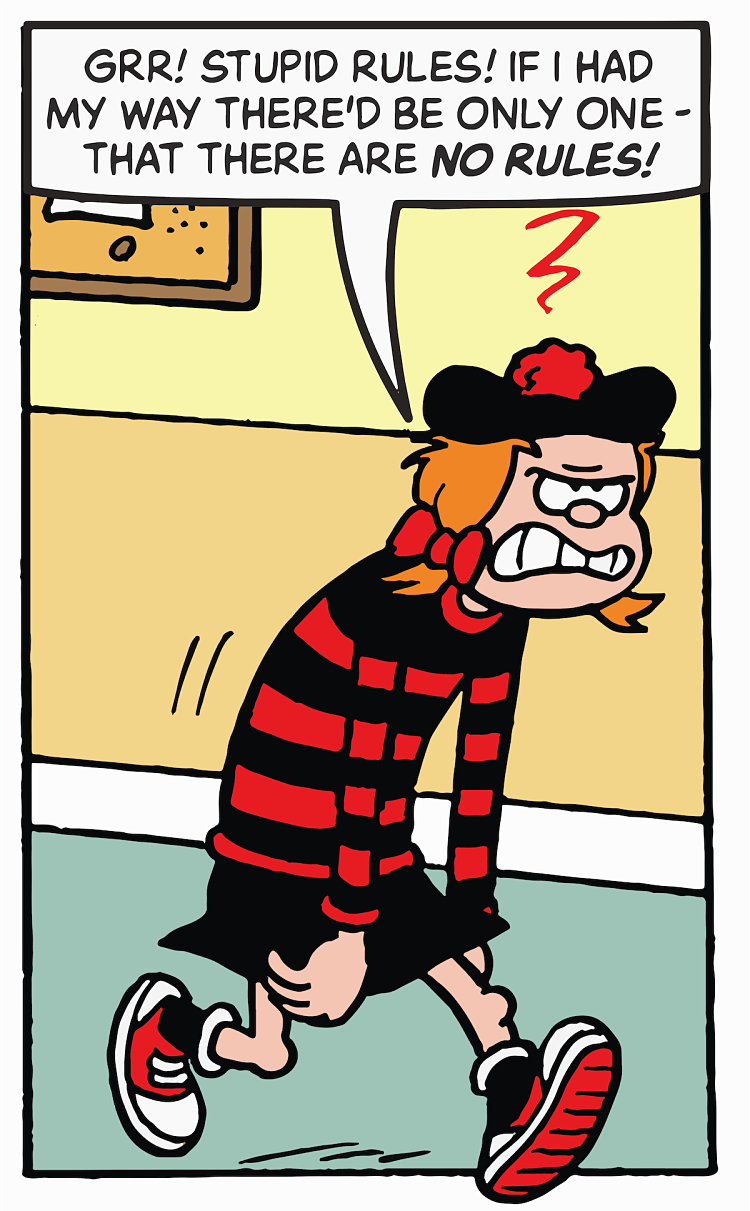 The Beano is still published by DC Thomson in Dundee – also the home of iconic Scottish comics Oor Wullie and The Broons, and publisher of The Dandy until its print closure in 2012 – where it was first released in 1938. Its cultural and personal legacies aren’t to be underestimated; with millions fondly remembering it from their childhood, and countless artists still drawing inspiration from it well into their professional careers.
The Beano is still published by DC Thomson in Dundee – also the home of iconic Scottish comics Oor Wullie and The Broons, and publisher of The Dandy until its print closure in 2012 – where it was first released in 1938. Its cultural and personal legacies aren’t to be underestimated; with millions fondly remembering it from their childhood, and countless artists still drawing inspiration from it well into their professional careers.
“Rebellion has always been at the heart of pioneering artistic practice, and for the past 82 years Beano has been right there too, inspiring generations of young people to discover the possibilities and sense of freedom that come through creativity,” says Somerset House.
“Beano’s iconic cast – Dennis and Gnasher, Minnie the Minx, Bananaman, Bash Street Kids, Billy Whizz and Roger the Dodger to name just a few – have mastered the art of rebellion, be it against convention, teachers or evil fruit supervillains. The characters are united in their ingenuity, endlessly hatching creative plans to bend or break the rules, even if they don’t always succeed in doing so.”
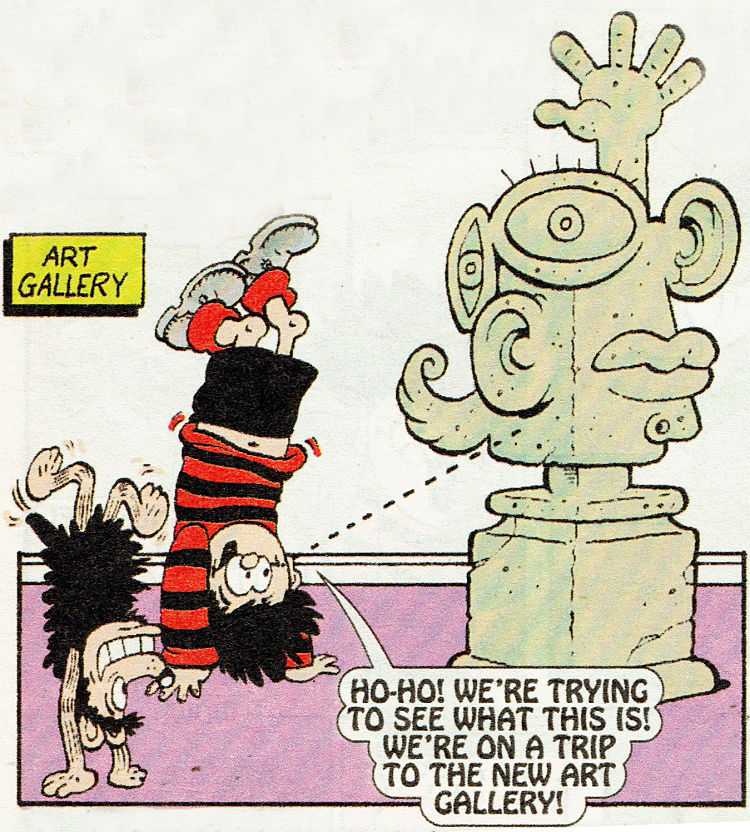
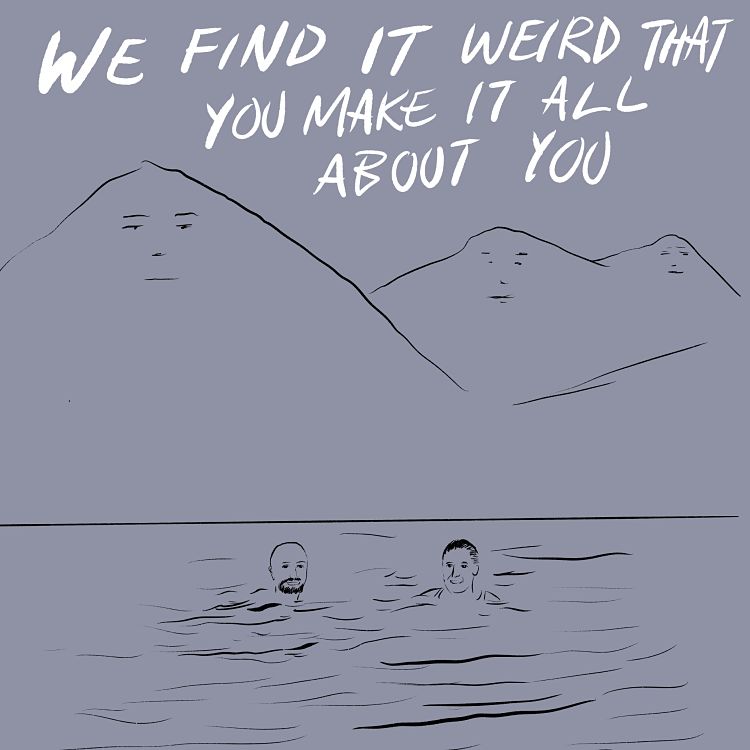
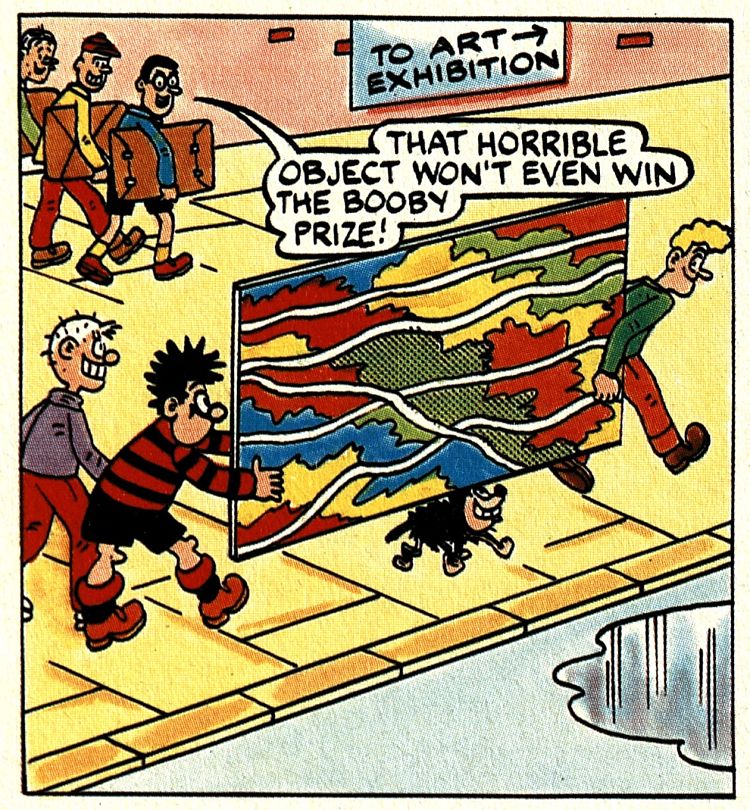 The exhibition will show never-before-seen original artwork from Beano’s archive of more than 4000 issues alongside a collection of artworks from “today’s greatest creative rule-breakers,” as Somerset House puts it. These include author Alex Wheatle, sculptor Phyllida Barlow, Turner Prize-winning artist Martin Creed, the wonderful late comedian and pop star Chris Sievey (AKA Frank Sidebottom), Bob Stanley of Saint Etienne, The Specials’ Horace Panter, Swiss artist duo Fischli/Weiss, painter Beryl Cook, Pop Artist Jann Haworth, as well as artists including Rene Matić, Babak Ganjei, Ryan Gander, Sarah Lucas, Bedwyr Williams, Hardeep Pandhal and Heather Phillipson.
The exhibition will show never-before-seen original artwork from Beano’s archive of more than 4000 issues alongside a collection of artworks from “today’s greatest creative rule-breakers,” as Somerset House puts it. These include author Alex Wheatle, sculptor Phyllida Barlow, Turner Prize-winning artist Martin Creed, the wonderful late comedian and pop star Chris Sievey (AKA Frank Sidebottom), Bob Stanley of Saint Etienne, The Specials’ Horace Panter, Swiss artist duo Fischli/Weiss, painter Beryl Cook, Pop Artist Jann Haworth, as well as artists including Rene Matić, Babak Ganjei, Ryan Gander, Sarah Lucas, Bedwyr Williams, Hardeep Pandhal and Heather Phillipson.
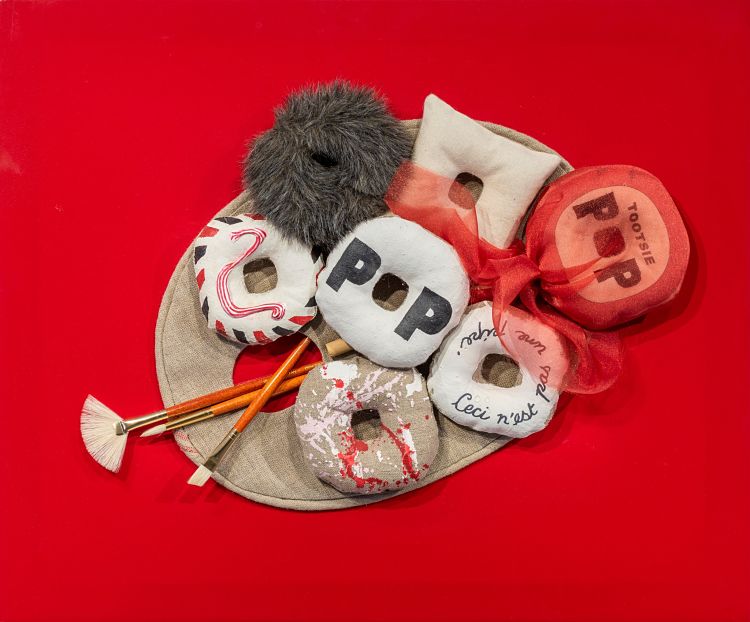 Wheatle – a Black British novelist who was sent to prison after the 1981 Brixton uprising – was recently the subject of one of director Steve McQueen’s Small Axe short films for the BBC, and for the Beano exhibition tells of his time growing up in Surrey children’s home Shirley Oaks, and how the comic became a printed ‘safe space’ of sorts during his childhood.
Wheatle – a Black British novelist who was sent to prison after the 1981 Brixton uprising – was recently the subject of one of director Steve McQueen’s Small Axe short films for the BBC, and for the Beano exhibition tells of his time growing up in Surrey children’s home Shirley Oaks, and how the comic became a printed ‘safe space’ of sorts during his childhood.
Other contributions are less personal, more playful, such as artist Nicola Lane’s new work reimagining Dennis the Menace at 70 years old, having been first introduced into the comic in 1951. Dennis came into being when the then-editor of the Beano, George Moonie, heard a music hall song called `Dennis the Menace from Venice’ – coincidentally in the very same week that the American comic strip of the same name also debuted in US newspapers.
Bob Stanley, meanwhile, is behind a bespoke jukebox of music influenced by the Beano’s rebellious streak, which invites visitors to choose the show’s soundtrack.
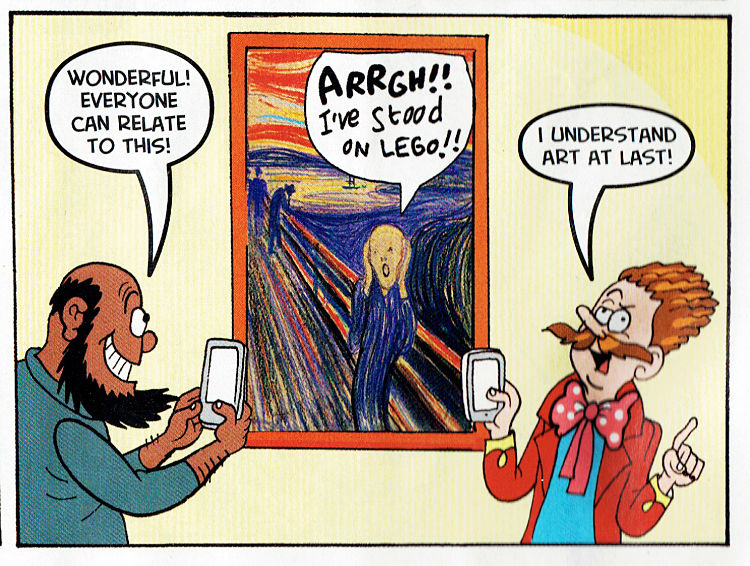 Rebellion is also the order of the day in a new catapult game that allows audiences to take (virtual) aim at the world’s great works of art. It chimes with a quote from Minnie the Minx, passed on by the curators: “Stupid rules! If I had my way there’d only be one – that there are no rules!”
Rebellion is also the order of the day in a new catapult game that allows audiences to take (virtual) aim at the world’s great works of art. It chimes with a quote from Minnie the Minx, passed on by the curators: “Stupid rules! If I had my way there’d only be one – that there are no rules!”
As with that piece, much of the show is participatory in nature: Peter Liversidge, whose patchwork of signs in east London paying tribute to NHS and key workers went viral last year, is creating a workspace for visitors to use to “do away with old world order and choose a new rule for life,” which will be painted onto a protest sign live in the exhibition.
The show opens with a section called the Beanotown Museum, which introduces the Beano’s creators and charts how the original characters came about. Next, visitors explore some of the comic’s recurring themes such as class, education, feminism and art, which go on to inform and explain the accompanying artworks created by contemporary practitioners in the show. “Beano showed its stars doing it differently,” says Somerset House. “It is only the adults depicted that ever make assumptions about what all children are supposed to do or be.”
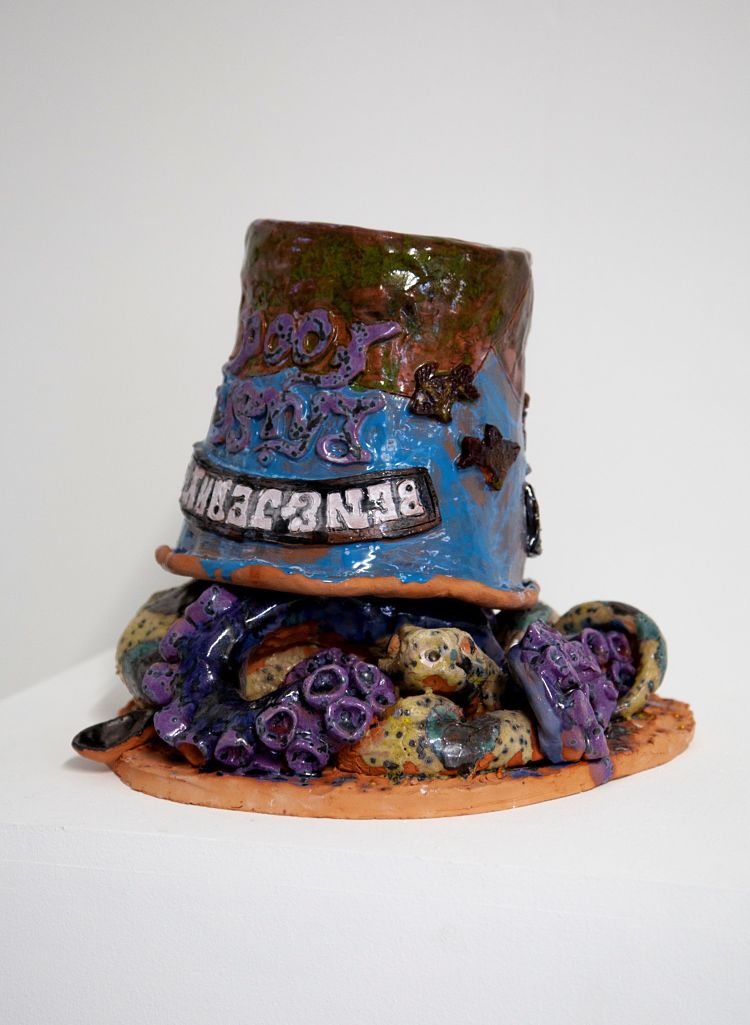 The exhibition design looks to make visitors feel as though they themselves are “within” the pages of the comic, with ongoing gags, editor’s notes and larger-than-life recreations of the regular sights of Beanotown, from Bash Street School and Bunkerton Castle to the homes of Gasworks Road.
The exhibition design looks to make visitors feel as though they themselves are “within” the pages of the comic, with ongoing gags, editor’s notes and larger-than-life recreations of the regular sights of Beanotown, from Bash Street School and Bunkerton Castle to the homes of Gasworks Road.
The interaction between Beano original works and those by contemporary and recent artists highlights the ongoing impact of the comic on alternative culture across the disciplines. That’s very deliberate on the part of curator Andy Holden, an artist and lifelong Beano fan whose practice spans sculpture, large installations, painting, pop music, performance, and multi-screen videos.
“Both art and Beano are about being told to do one thing, then doing another: both require a creative solution,” says Holden. “Beano was for me a gateway into comics and a love of drawing, and from there a springboard into a love of art. Beano’s irreverent sensibility is something that appeals to you as a child, but also, for some, never leaves you. To be able to present an immersive display of Beano’s history, and to examine its influence on art and culture is the curatorial equivalent of a ‘Beano feast’.
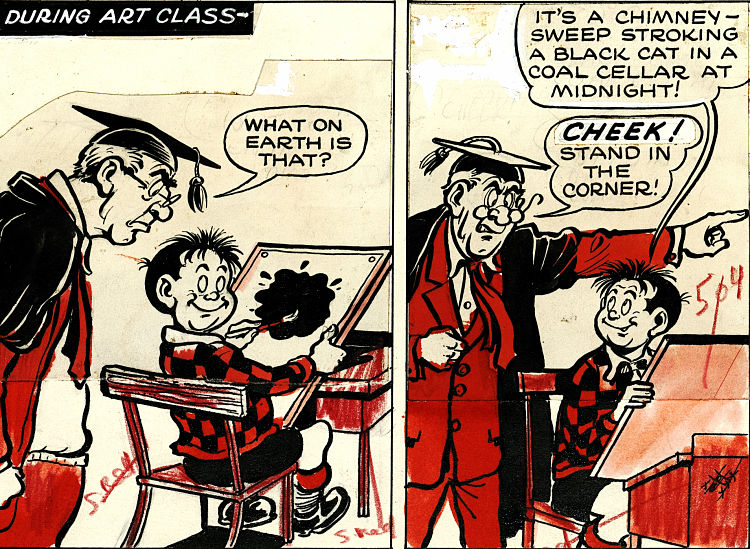 “The exhibition will bring Beanotown to life and populate it with a new set of resident maverick artists. n researching the show, almost every artist I’ve approached so far came back with yes, I loved the Beano and hopefully this exhibition will show how some of the themes that have run through Beano’s history are often the same ones that feed a creative, rebellious sensibility.”
“The exhibition will bring Beanotown to life and populate it with a new set of resident maverick artists. n researching the show, almost every artist I’ve approached so far came back with yes, I loved the Beano and hopefully this exhibition will show how some of the themes that have run through Beano’s history are often the same ones that feed a creative, rebellious sensibility.”
A number of works have been commissioned especially for the show, while others are using the exhibition to debut never-before-seen pieces such as the illustration by Beryl Cook for children’s book Rufus the Rat.
Leeds-based artist Simeon Barclay looked to the Beano’s most handsome character, Plug, for inspiration for a new piece in the form of a neon, two-way mirror. The two-way mirror first shows a neon silhouette of Plug, before flipping to another neon saying `ugly’ below which the visitor can see their own reflection – thus reclaiming ugly as something to really own, just as Plug does.
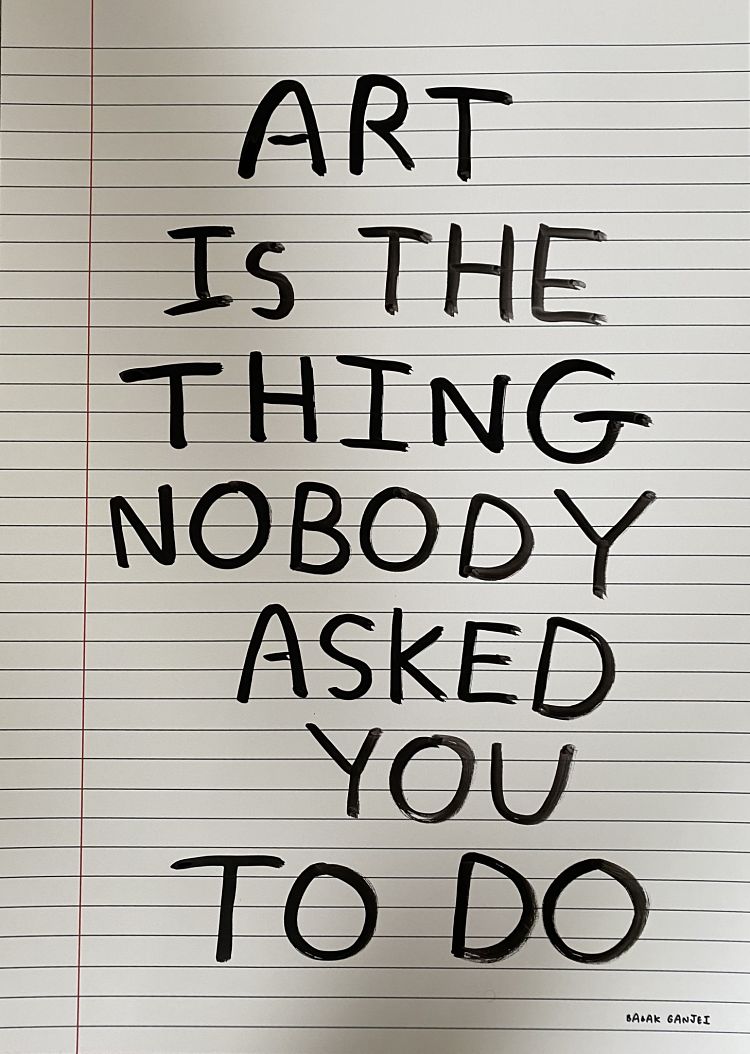 While it’s not a new work, we’ll also see Heather Phillipson’s Fourth Plinth piece, THE END (that’s the one that looks like a gloopy, creamy, cherry-topped ice cream sundae), in a whole new light. A model of the piece will sit inside the Beano’s editor’s office, playing on the fact that the piece first looks incredibly appetising – until you see the fly on one side, and the drone perched on the other.
While it’s not a new work, we’ll also see Heather Phillipson’s Fourth Plinth piece, THE END (that’s the one that looks like a gloopy, creamy, cherry-topped ice cream sundae), in a whole new light. A model of the piece will sit inside the Beano’s editor’s office, playing on the fact that the piece first looks incredibly appetising – until you see the fly on one side, and the drone perched on the other.
“I warned Dennis that one of the pictures in his new show at Somerset House would make people laugh so hard, they risked fracturing their funny bones and he said, ‘That’s just a mirror!’” says Mike Stirling, editorial director at Beano Studios.
“Beano relishes making an exhibition of anyone who takes themselves too seriously and we can’t wait for families to enjoy what we have planned. Because without Art, the Earth would be just…Eh?”
The show runs from 21 October 2021 – 6 March 2022 at Somerset House, London.
- Autobahn - November 26, 2021
- Alphabetical - November 12, 2021
- SOFA Universe - November 8, 2021

